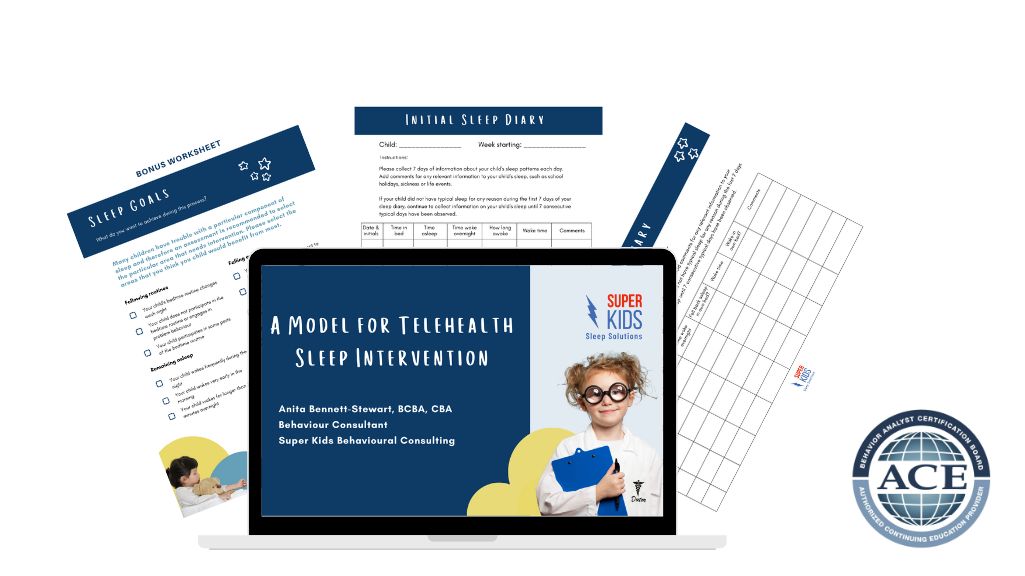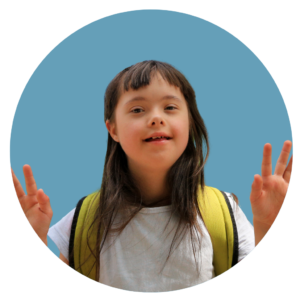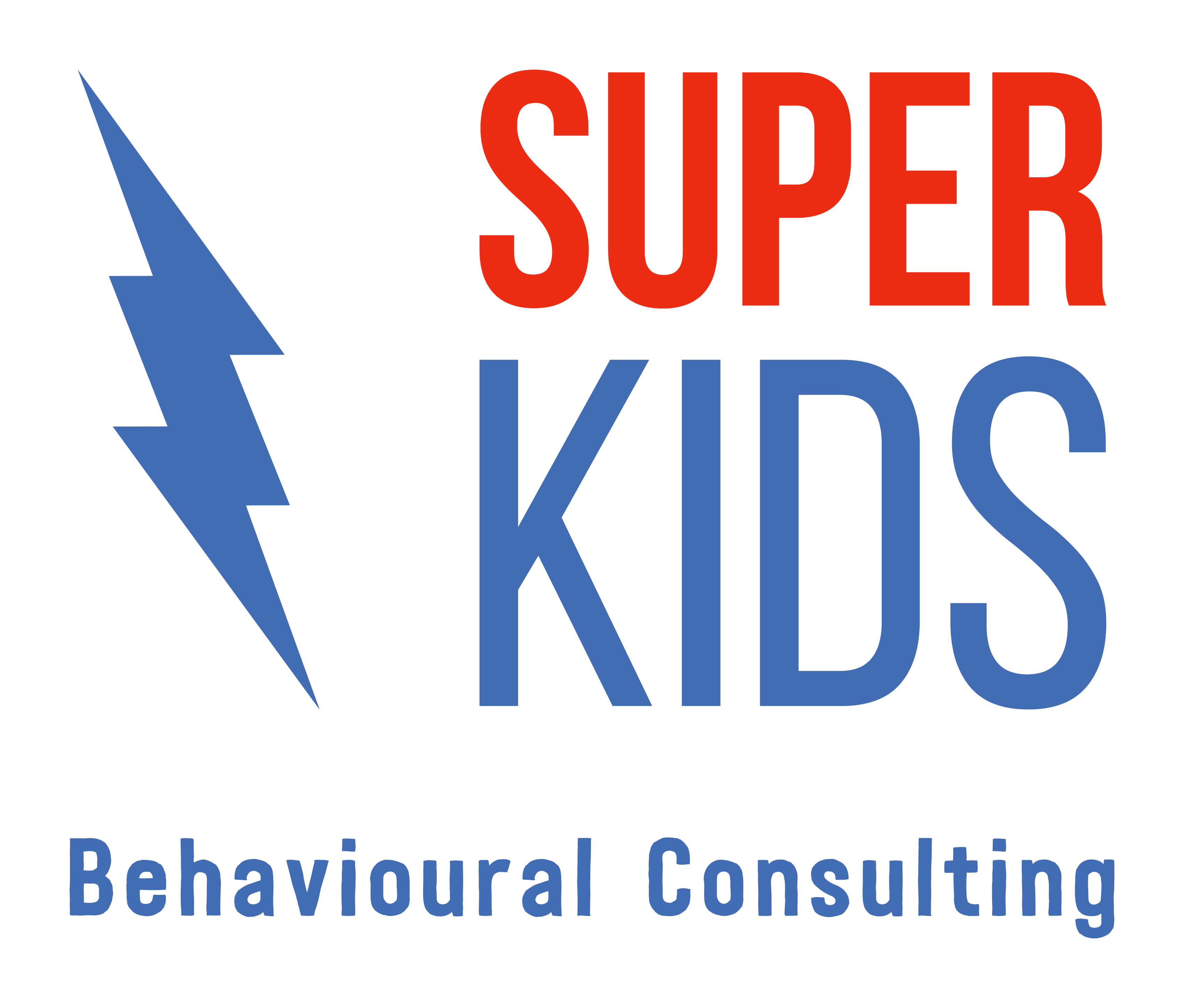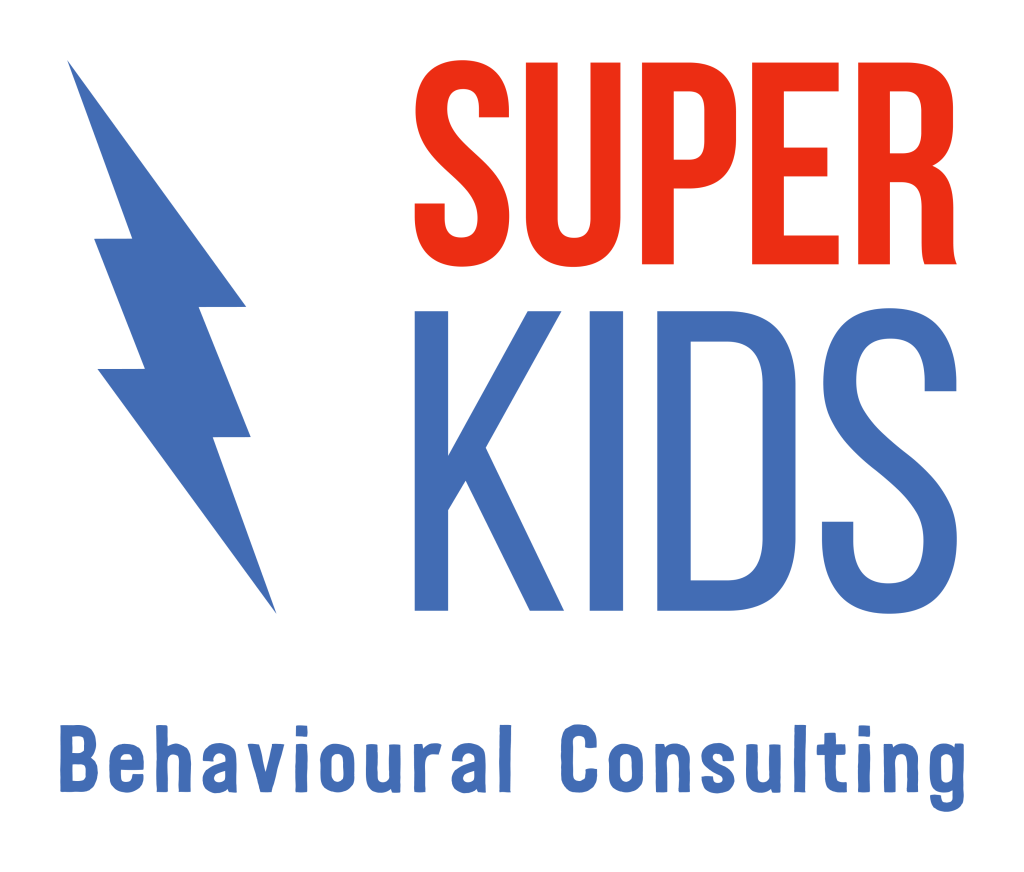A Model for Telehealth Sleep Intervention Online Course


This online presentation will discuss a model of supporting sleep intervention via telehealth and how we apply this successfully at Super Kids. This course is delivered by the Anita Bennett-Stewart, CBA, BCBA.
About this course:
Sleep is a pillar of our physical and mental health. Poor sleep can impact our concentration, memory and mood and have long-term health effects (Van Dyk et al., 2016). Studies suggest up to 80% of Autistic experience sleep difficulties (Richdale & Schreck, 2009). It is therefore critical that Behaviour Analysts can provide effective and efficient sleep intervention to our clients. However, this can be challenging when the behaviour of concern occurs during the evening, overnight or early morning. This paper will discuss a model for providing evidence-based sleep intervention via telehealth. The five step model includes: 1) an initial comprehensive sleep assessment, including the Sleep Assessment and Treatment Tool (Hanley, 2005), 2) designing an individualised sleep intervention alongside the family, 3) daily online data collection and graphing, 4) synchronous telehealth caregiver support upon initial implementation, and 5) ongoing follow-up, review and revision alongside the caregiver until their sleep goal has been achieved. Telehealth sleep intervention provides clients with greater access and flexibility of services. By providing evidence-based sleep intervention via telehealth, we can help our learners achieve healthy sleep habits.


What you’ll learn:
- What is sleep?
- The scope of a Behaviour Analyst in sleep
- A biobehavioural model of sleep
- A telehealth model for sleep
- How to apply an individualised sleep
This includes:
- 0.5 CEU (BCBA) or PDU (CBA)
- Download resource booklet with tools discussed in course, including Super Kids sleep diary and Super Kids goal setting

7
MODULES
17
HANDOUTS
2+ Years
AGES
2 Hours
DURATION
English
LANGUAGE
Super Kids acknowledges each individual’s personal preference to use identity-first or person-first language to describe themselves or their loved one. We interchangeably use both language conventions and therefore refer to both Autistic children and children with Autism.


